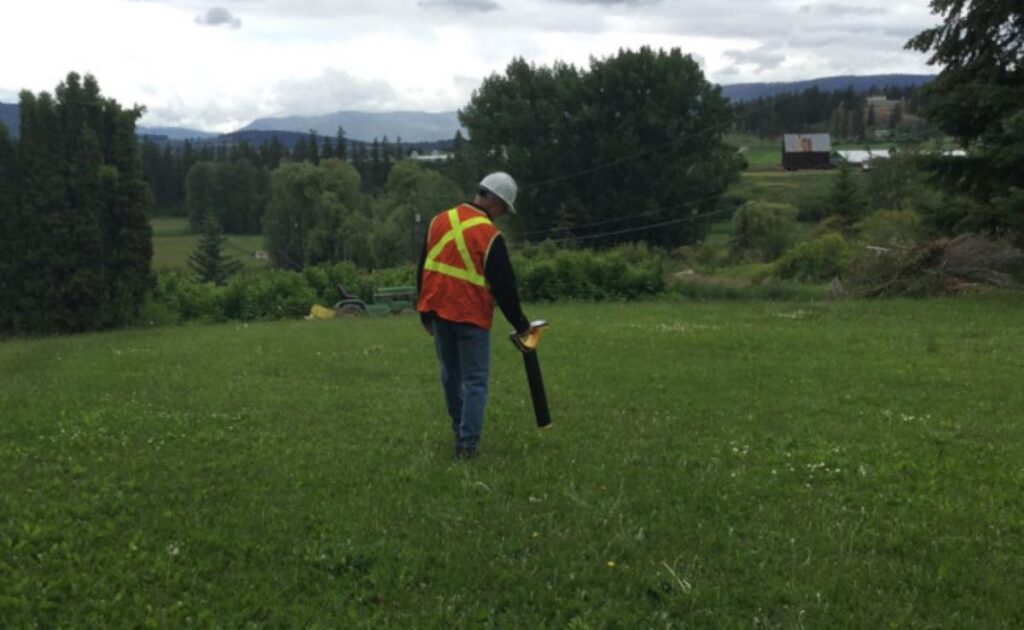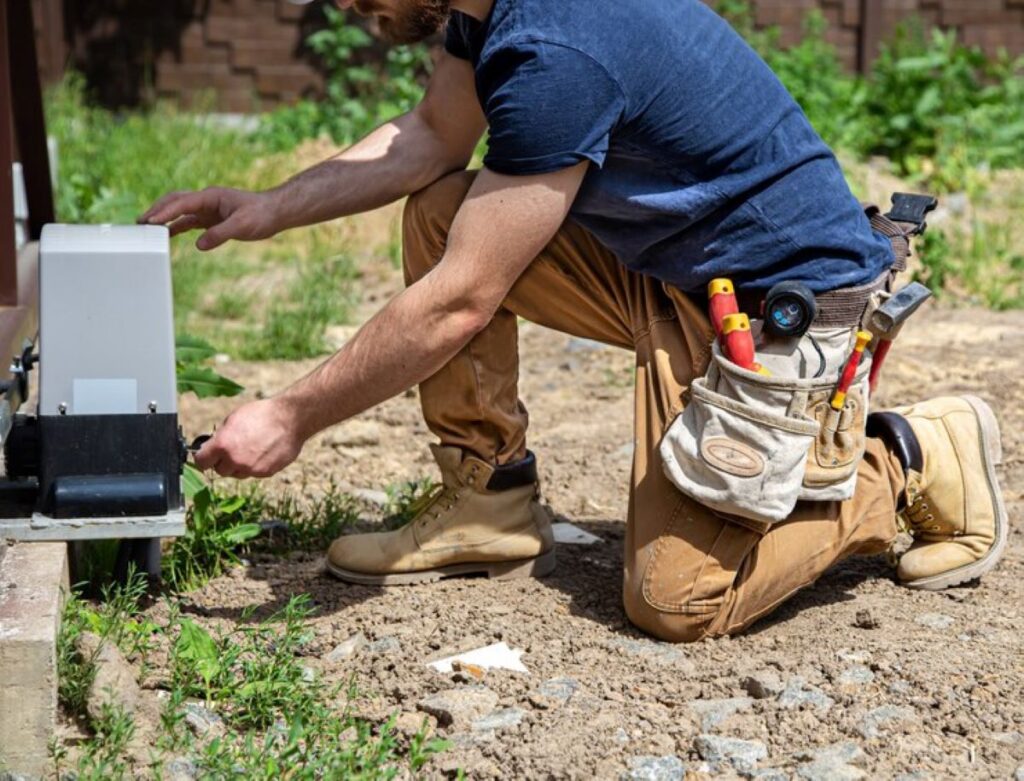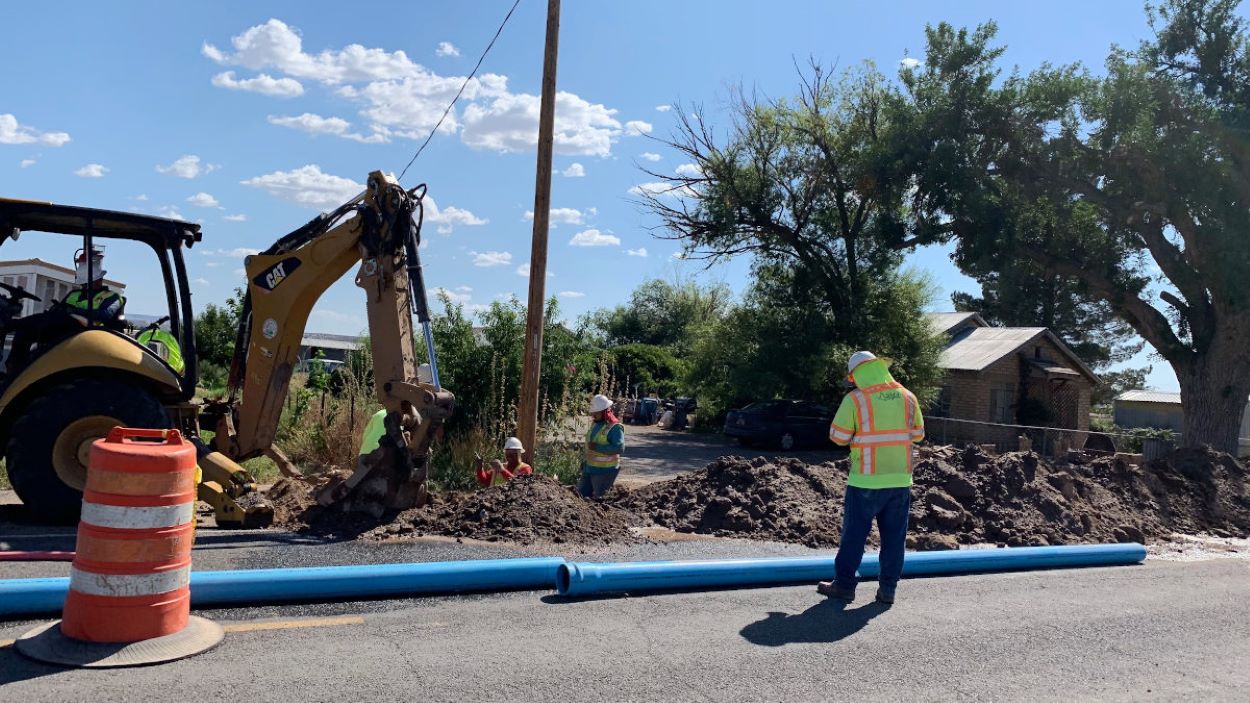In the bustling world of construction, ensuring the safety and efficiency of a site is paramount. One critical aspect that often gets overlooked is the presence of subsurface utilities. These hidden lines, which include water, gas, electricity, and telecommunications, can pose significant risks if not accurately identified and managed. Subsurface utility locating is a vital process that helps mitigate these risks, ensuring that construction projects proceed smoothly and safely.
The Importance of Subsurface Utility Locating
Subsurface utility locating is essential for any construction project, regardless of its size. It involves the identification and mapping of underground utilities before any excavation begins. This process not only protects workers but also safeguards the integrity of existing utility infrastructure.
Preventing Accidents and Injuries
One of the primary reasons for conducting subsurface utility locating is to prevent accidents. Striking a hidden utility line during excavation can lead to severe injuries or even fatalities. For instance, hitting a gas line can result in explosions, while damaging electrical cables can cause electrocution. By accurately locating these utilities, construction teams can avoid such dangerous encounters.
Moreover, the psychological impact of workplace accidents cannot be understated. Ensuring a safe environment fosters a culture of safety among workers, leading to increased morale and productivity. Subsurface utility locating plays a crucial role in creating this environment. In addition to physical safety, the emotional well-being of workers is enhanced when they know that thorough precautions are in place. This sense of security can translate into a more focused workforce, ultimately benefiting the overall success of the project.
Reducing Project Delays and Costs
Accidents and damage to utilities can lead to significant project delays, which in turn inflate costs. When a utility line is struck, work must halt immediately, leading to downtime that can stretch for days or even weeks. This not only affects the current project but can also have a ripple effect on future projects, as schedules are disrupted and resources are redirected.
By investing in subsurface utility locating, construction companies can save money in the long run. The initial cost of utility locating services is often far outweighed by the potential savings from avoiding delays and repairs. A proactive approach to identifying subsurface utilities ensures that projects stay on track and within budget. Furthermore, the data obtained from utility locating can be invaluable for future planning and development. Accurate maps of underground utilities can assist in long-term urban planning, helping to avoid potential conflicts in future construction projects and ensuring that cities can grow and develop without unnecessary complications.
Methods of Subsurface Utility Locating
Various methods are employed in subsurface utility locating, each with its own advantages and limitations. Understanding these methods can help construction teams choose the most suitable approach for their specific needs.
Electromagnetic Locating
Electromagnetic locating is one of the most common techniques used in subsurface utility locating. This method involves sending an electromagnetic signal through the utility line, which can then be detected above ground. It is particularly effective for locating metallic utilities, such as water and gas pipes.
One of the key benefits of electromagnetic locating is its speed and efficiency. The process can be completed relatively quickly, allowing construction teams to receive accurate data without significant delays. However, it is important to note that this method may not be as effective for non-metallic utilities, such as plastic pipes or fibre-optic cables. In urban environments, where a complex web of utilities exists, electromagnetic locating can help mitigate the risks of accidental damage during excavation, thereby enhancing safety and reducing costly repairs.
Ground Penetrating Radar (GPR)
Ground Penetrating Radar (GPR) is another powerful tool used in subsurface utility locating. This non-invasive method uses radar pulses to image the subsurface, providing detailed information about the presence and depth of utilities. GPR is particularly valuable for locating non-metallic utilities, making it a versatile option for various construction projects.
While GPR offers high-resolution images of the subsurface, it does require skilled operators to interpret the data accurately. Additionally, its effectiveness can be influenced by soil conditions, such as moisture content and density. Nevertheless, GPR remains a crucial tool in the arsenal of subsurface utility locating techniques. The ability to visualise the subsurface landscape in real-time allows construction teams to make informed decisions, potentially avoiding costly delays and ensuring compliance with local regulations. Furthermore, GPR can also be employed in environmental assessments, helping to identify potential contamination or archaeological features, thus broadening its application beyond mere utility locating.

Benefits of Professional Subsurface Utility Locating Services
Engaging professional subsurface utility locating services can significantly enhance the safety and efficiency of a construction site. These experts bring specialised knowledge and equipment that can make a substantial difference in project outcomes.
Expertise and Experience
Professional utility locators possess extensive training and experience in identifying and mapping subsurface utilities. Their expertise allows them to navigate complex utility networks and interpret data accurately, minimising the risk of errors that could lead to costly mistakes.
Moreover, these professionals are familiar with local regulations and standards, ensuring that all work complies with relevant guidelines. This level of expertise is invaluable, particularly for large or complex projects where the consequences of misidentifying utilities can be severe. For instance, a misstep in locating a gas line could not only lead to project delays but also pose significant safety hazards to workers on-site. By employing trained professionals, companies can mitigate these risks and foster a safer working environment.
Access to Advanced Technology
Professional utility locating services utilise state-of-the-art technology that may not be available to all construction companies. This includes advanced GPR systems, electromagnetic locators, and other specialised equipment designed to provide accurate and reliable results.
Access to this technology not only improves the quality of the data collected but also enhances the overall efficiency of the locating process. By leveraging advanced tools, professional locators can complete their work more quickly and accurately, allowing construction teams to proceed with confidence. Furthermore, the integration of software solutions that analyse and visualise utility data can provide construction teams with a comprehensive overview of the subsurface landscape. This not only aids in planning but also facilitates communication among stakeholders, ensuring that everyone involved is well-informed and aligned with the project’s objectives. The combination of cutting-edge technology and expert analysis ultimately leads to smoother project execution and a reduction in unforeseen complications. You may like to visit https://liveatallianceblog.com/what-underground-utility-locating-services-can-detect/ to get what underground utility locating services can detect.
Implementing a Subsurface Utility Locating Plan
To maximise the benefits of subsurface utility locating, it is essential to implement a comprehensive plan that integrates this process into the overall construction workflow. This involves collaboration between various stakeholders, including project managers, engineers, and utility locating professionals.
Early Planning and Coordination
Incorporating subsurface utility locating into the early planning stages of a project is crucial. This allows for adequate time to conduct thorough surveys and address any potential issues before excavation begins. Early coordination with utility locating professionals ensures that all necessary steps are taken to identify and map utilities accurately.
Furthermore, establishing clear communication channels among all parties involved can help streamline the process. Regular updates and discussions can prevent misunderstandings and ensure that everyone is on the same page regarding utility locations and potential risks.
Continuous Monitoring and Updates
Subsurface utility locating is not a one-time task; it requires continuous monitoring and updates throughout the construction process. As excavation progresses, new information may come to light, necessitating adjustments to the original utility maps.
Regularly updating utility information can help prevent unexpected encounters with subsurface utilities, ensuring that the construction team remains informed and prepared. This proactive approach can significantly reduce the likelihood of accidents and delays, ultimately contributing to the success of the project.

Conclusion
Subsurface utility locating is an indispensable aspect of modern construction that protects both workers and infrastructure. By identifying and mapping hidden utilities, construction teams can prevent accidents, reduce project delays, and save costs. The use of advanced techniques like electromagnetic locating and GPR, combined with the expertise of professional utility locators, ensures that projects proceed safely and efficiently.
Implementing a robust subsurface utility locating plan, characterised by early planning, coordination, and continuous monitoring, is essential for any construction project. As the construction industry continues to evolve, prioritising safety and efficiency through effective utility locating will remain a critical factor in successful project delivery.
In summary, investing in subsurface utility locating is not merely a precaution; it is a strategic decision that can enhance the overall success of construction projects. Embracing this practice will lead to safer worksites, reduced costs, and a more streamlined construction process.

